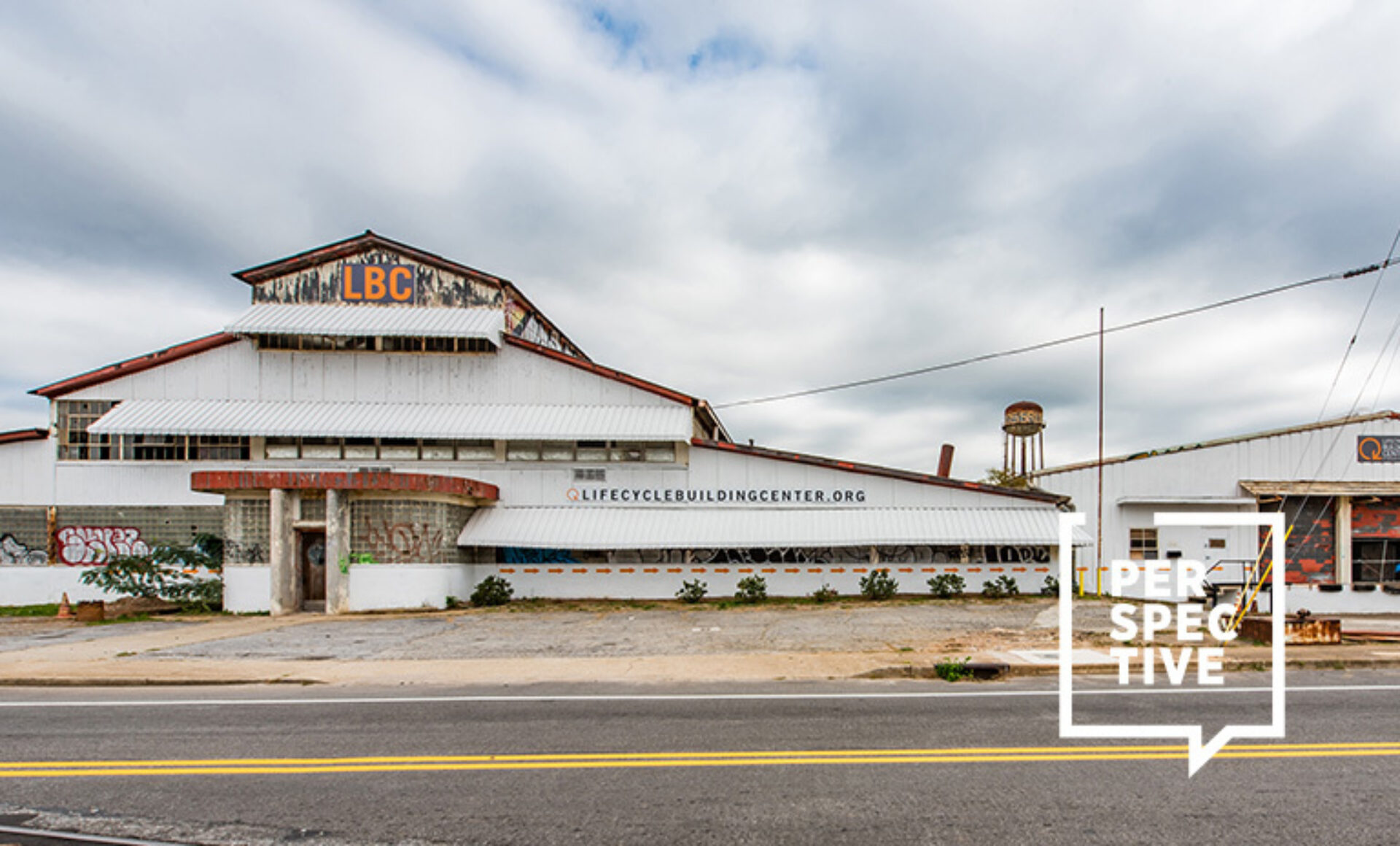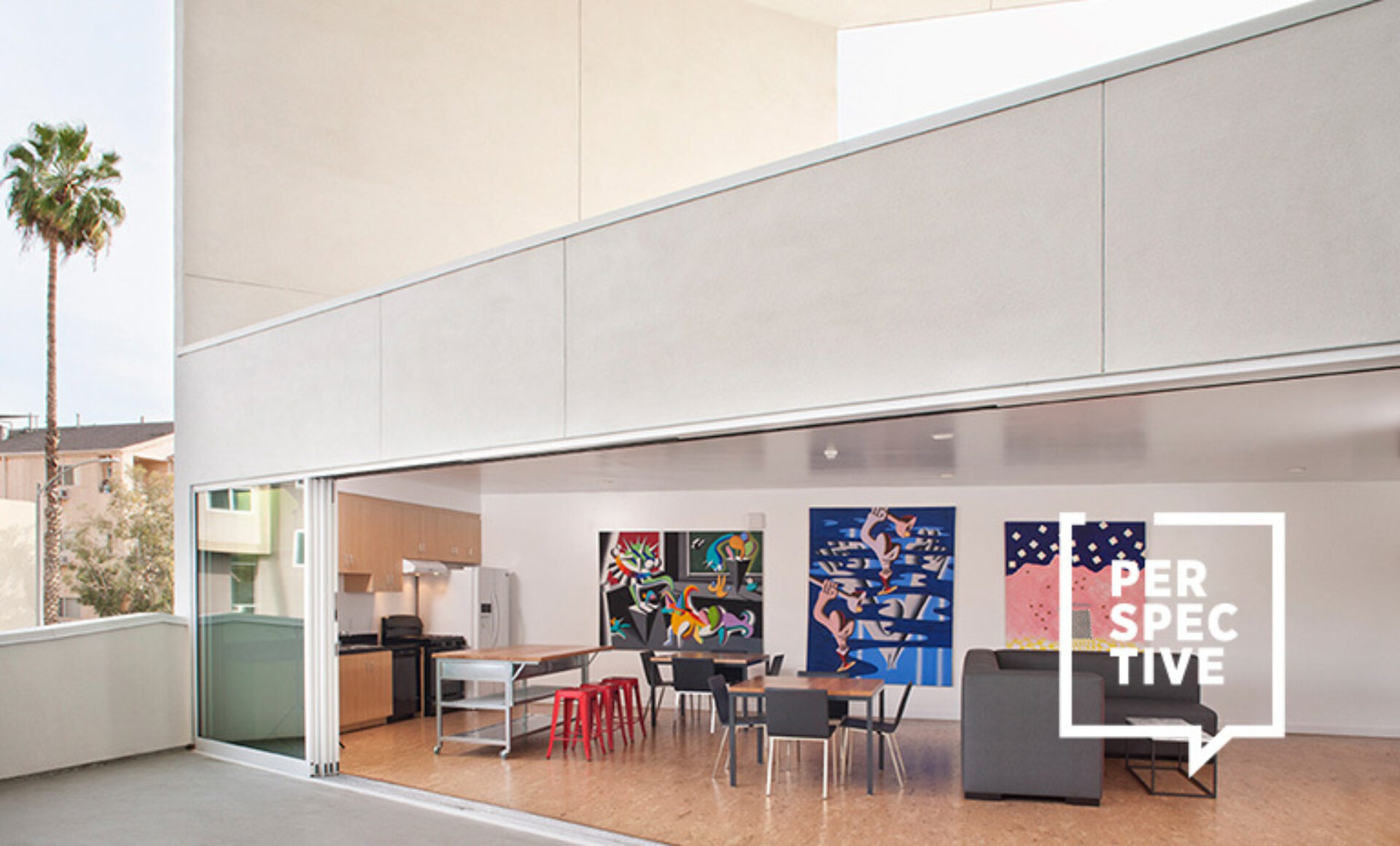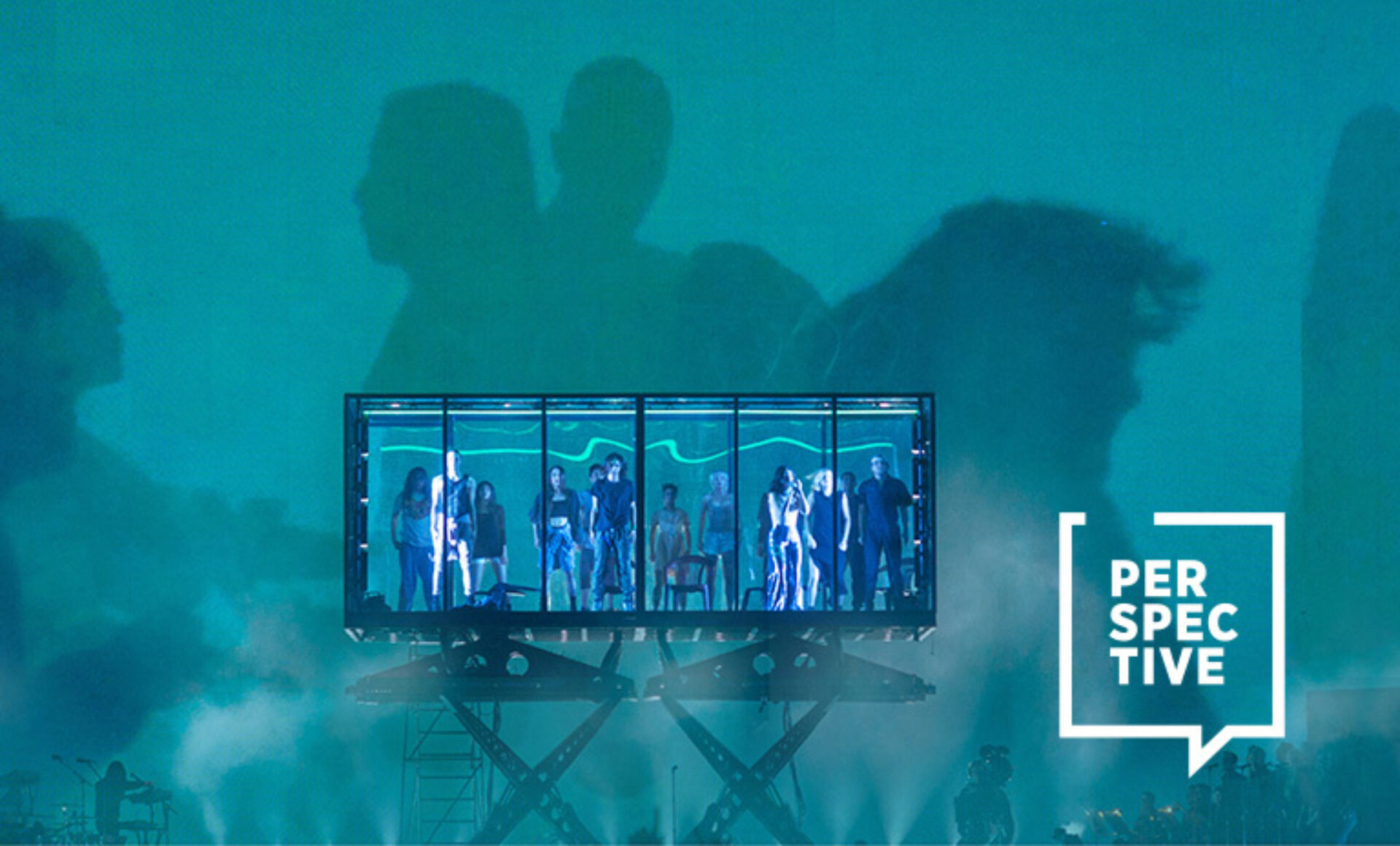Empowering lives through design — that’s the mission of Designs for Dignity, a Chicago-based nonprofit organization fueled by the belief that every person deserves access to spaces that promote wellbeing and provide comfort, empowerment, and human connection.
Established 25 years ago, Designs for Dignity offers pro bono design services and in-kind donations to nonprofits throughout the Chicago area, and has transformed more than 300 spaces. In one of their most recent projects, they’re converting an old casket factory into a vibrant performing arts center for BandWith Chicago, a nonprofit offering students access to choir, stage band, drumline, and other performing arts education. The space, expected to open in November, will give students an after-school space to practice, perform, and enjoy community.
“Design truly matters, and being able to deliver good design in a sustainable way is even better,” said Designs for Dignity CEO Jennifer Sobecki, Ind. IIDA. “I love knowing that we’ve collectively made a difference for clients and staff through our projects.”
In this edition of our Day in the Life series, Sobecki takes us behind the doors of Designs for Dignity, giving us a glimpse of a day in her life.
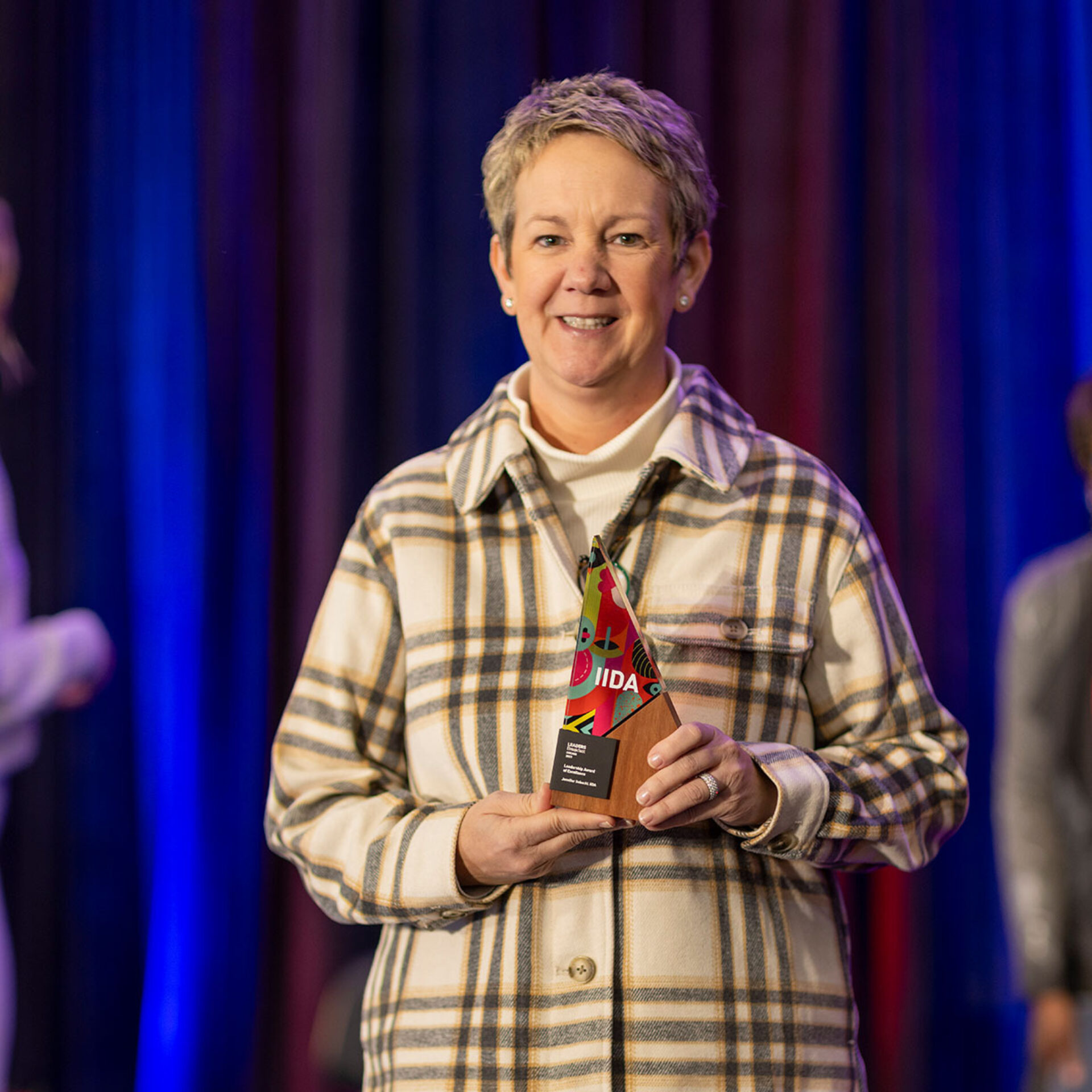
Image courtesy of Jennifer Sobecki

Image courtesy of Jennifer Sobecki
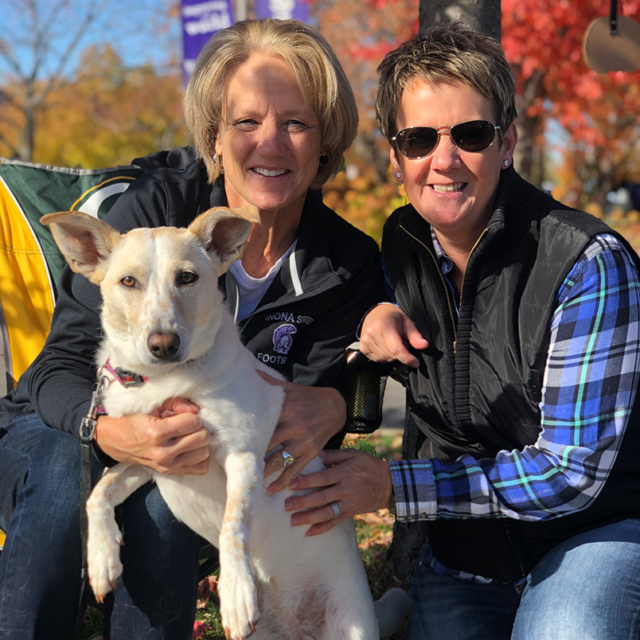
Image courtesy of Jennifer Sobecki

Photo credit: IIDA
What is unique about your organization, what sets you apart?
Designs for Dignity is unique in that we provide both pro bono design services and in-kind donations to our projects. We work with organizations from groundbreaking to ribbon-cutting — soup to nuts — to make the most impact. We were founded in 2000 by interior designer Susan Fredman, and our first project was a sexual abuse counseling center that needed furnishings for a 12,000 square-foot, ground-up building — we were able to outfit the space with flooring, furniture, lighting, and more. Hence the birth of Designs for Dignity. Now we have 290-plus projects under our belt and more to come.
Designs for Dignity is a nonprofit, and you work with other nonprofits. What do you wish more people knew about the realities of nonprofit work, and their abilities to help under-resourced communities?
Nonprofit work is hard work. The staff that work at these organizations are often logging 60-plus hours a week doing intensive work. Designs for Dignity believes everyone deserves access to good design, and we have witnessed firsthand the impact space can have on staff (including retention) and individuals feeling worthy and safe in their environments.

Photo credit: IIDA
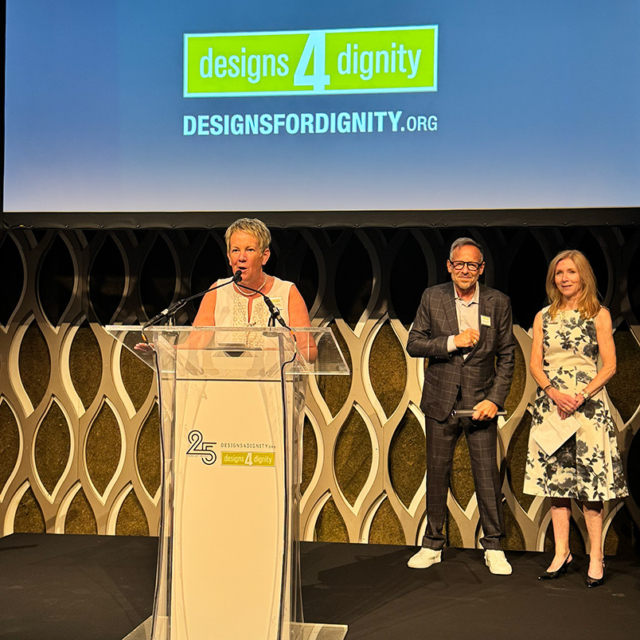
Image courtesy of Jennifer Sobecki
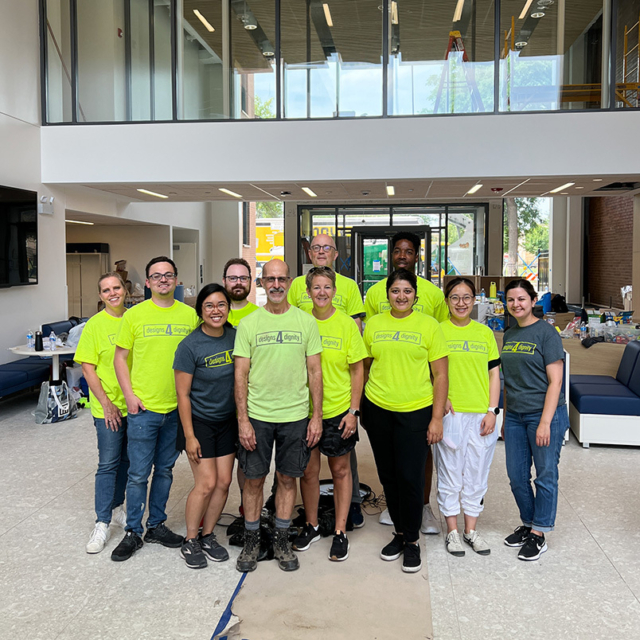
Image courtesy of Jennifer Sobecki
When you think of all the projects your organization has completed, what’s one that you often think back on, or that you’re most proud of?
It’s hard to pick just one project, but I think our impact most recently for the Harbour [a nonprofit that offers safe housing and services to unhoused young people and young mothers] is in my top five. We leveraged close to $200,000 in impact for this purpose-built youth housing shelter. The young women living there are thriving and will soon transition to independent living. It’s great to see our work make such an impact and create community through thoughtfully designed environments.
What are the most important goals or questions you take into consideration when working with nonprofit organizations on a design project?
We take many goals into consideration, like budget, timeline and overall objectives for the project to make it a success. We leverage our network in a timely manner so we don’t delay our projects and to maximize our impact.
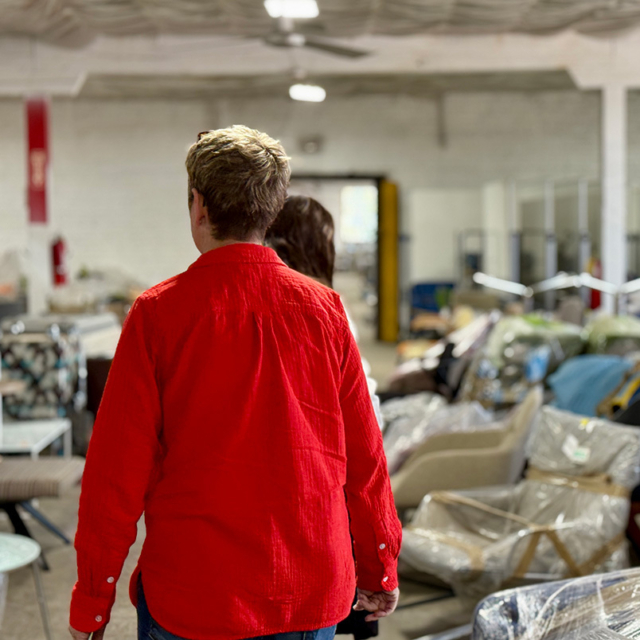
Photo credit: IIDA
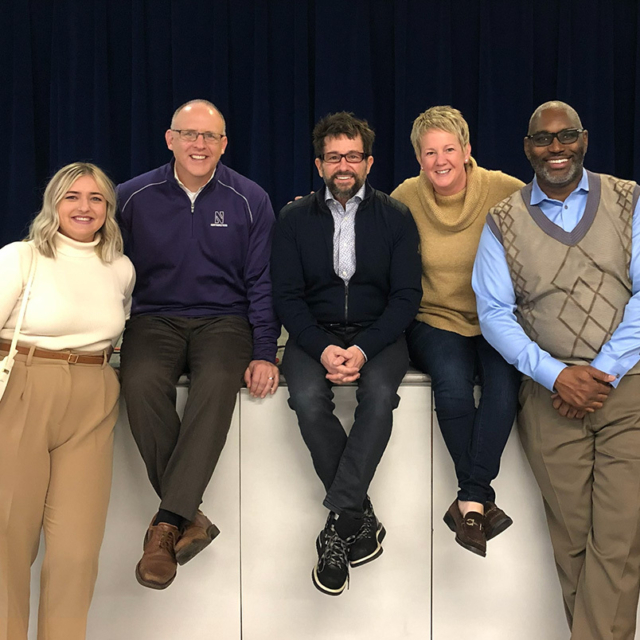
Image courtesy of Jennifer Sobecki

Image courtesy of Jennifer Sobecki
When you think about the next 5-10 years, how do you envision the design industry changing? What does the future of design, and the future of designing for the social good, look like?
My hope is that more designers will engage in designing for social good and incorporate trauma-informed design into their work. It will be interesting to see how AI impacts our industry as a whole as well. For Designs for Dignity, we know we want to keep doing this important work and do more of it in the future — the need is there. We will continue to leverage our network to make the most impact in the Chicagoland area for the nonprofit community.


